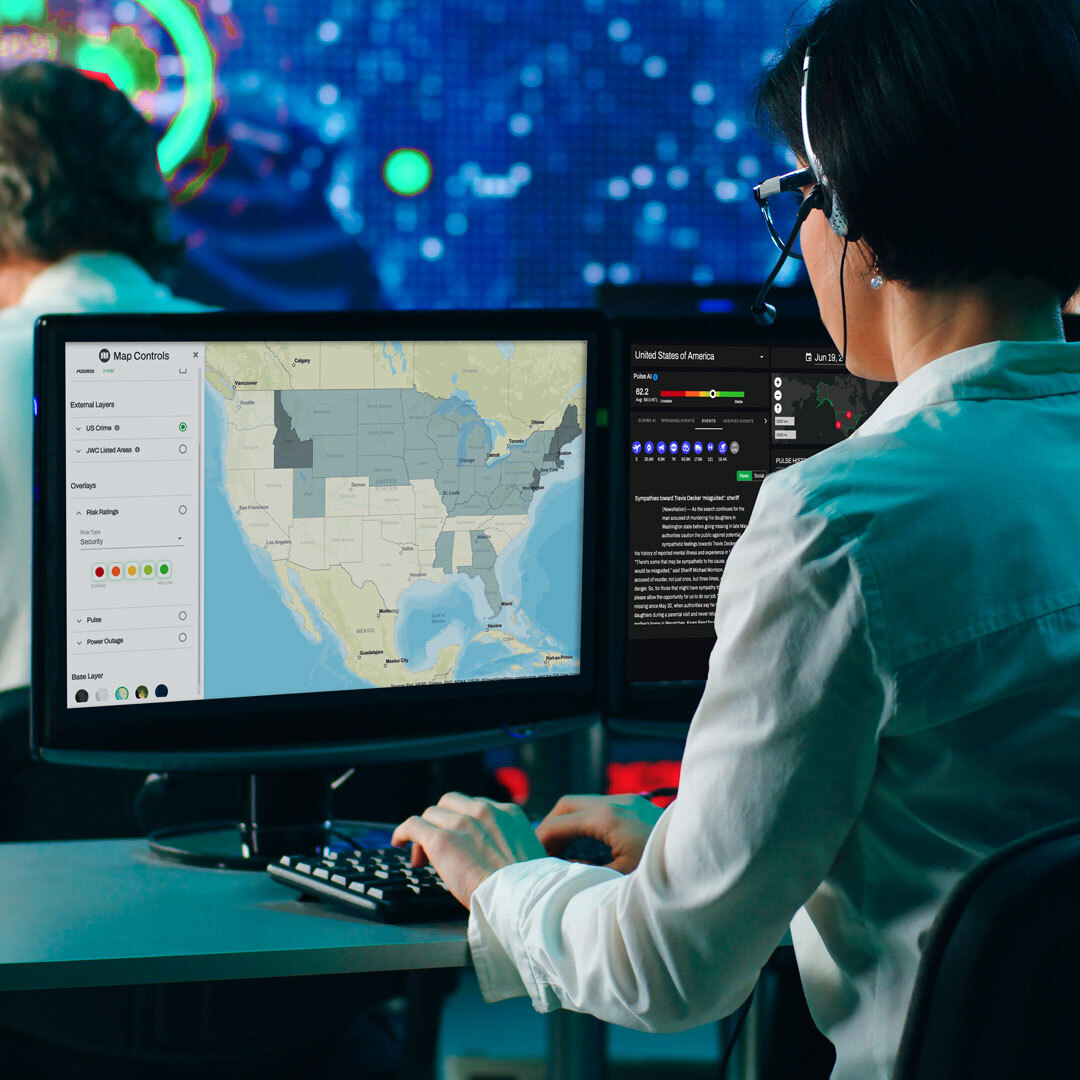From Insight to Action: Drive Effective Risk Management with Situational Intelligence


Newsletter
Stay informed of current events, security trends, and more
The Seerist newsletter delivers expert insights and analysis of developments surrounding security, technology, and other impactful issues. It is full of the facts and thinking you need to operate wisely in a tumultuous world.




